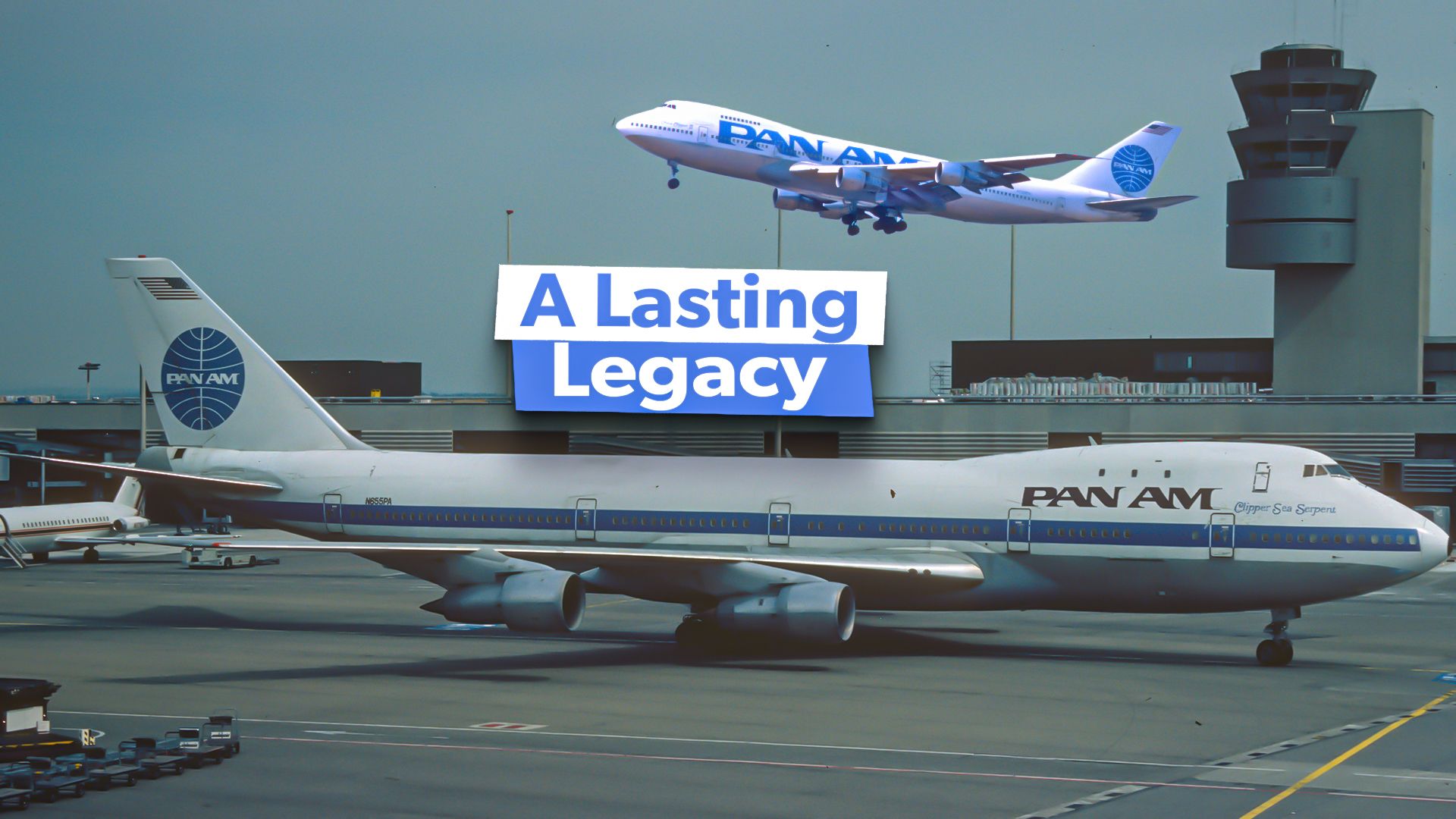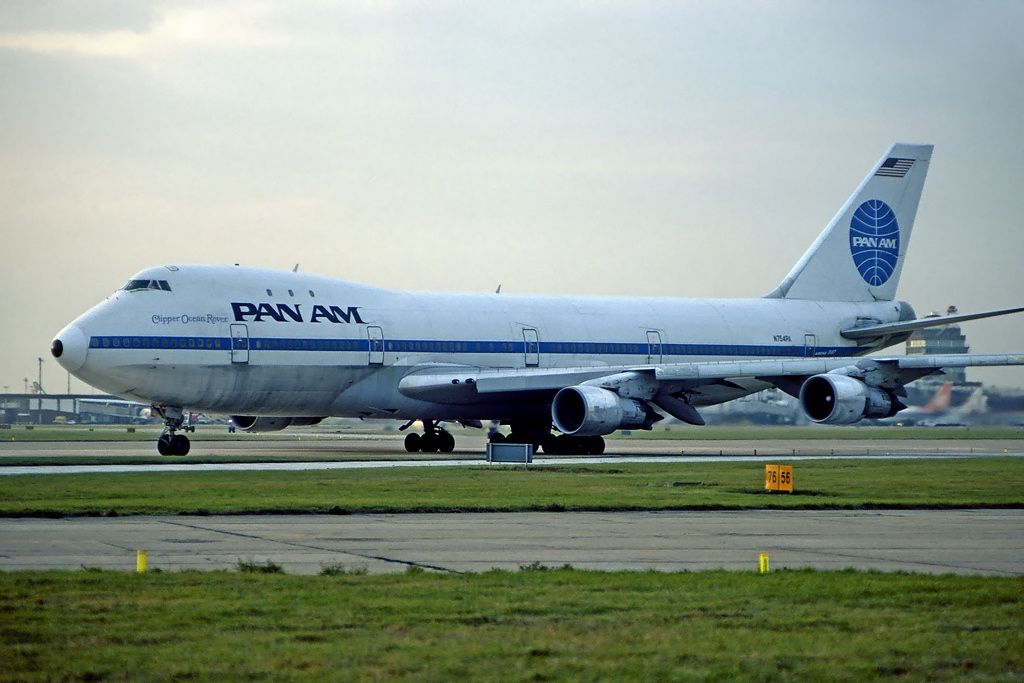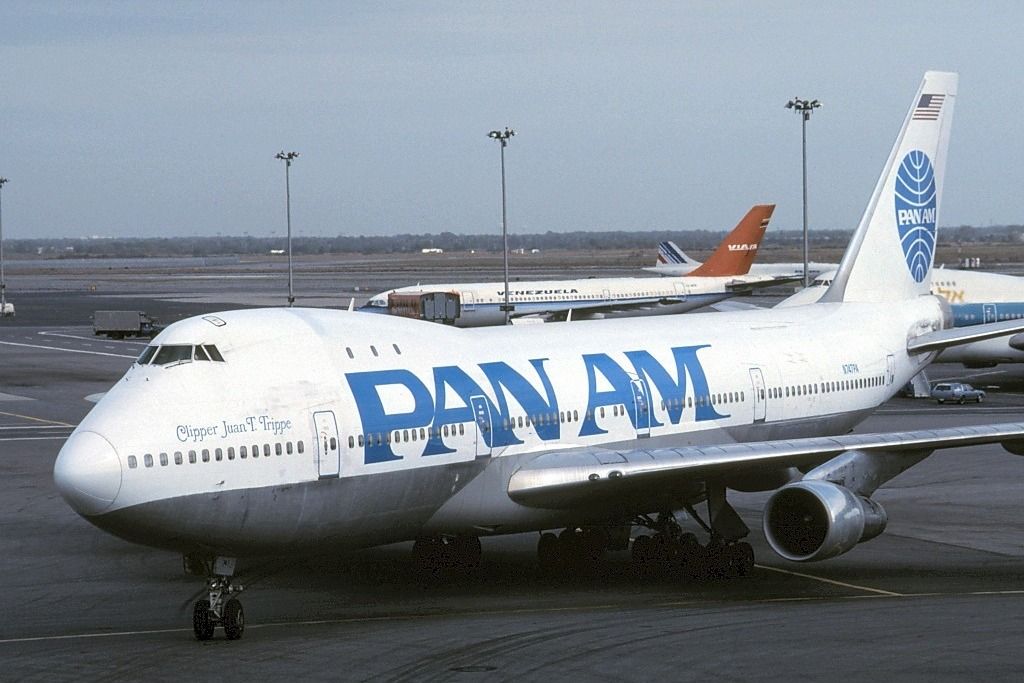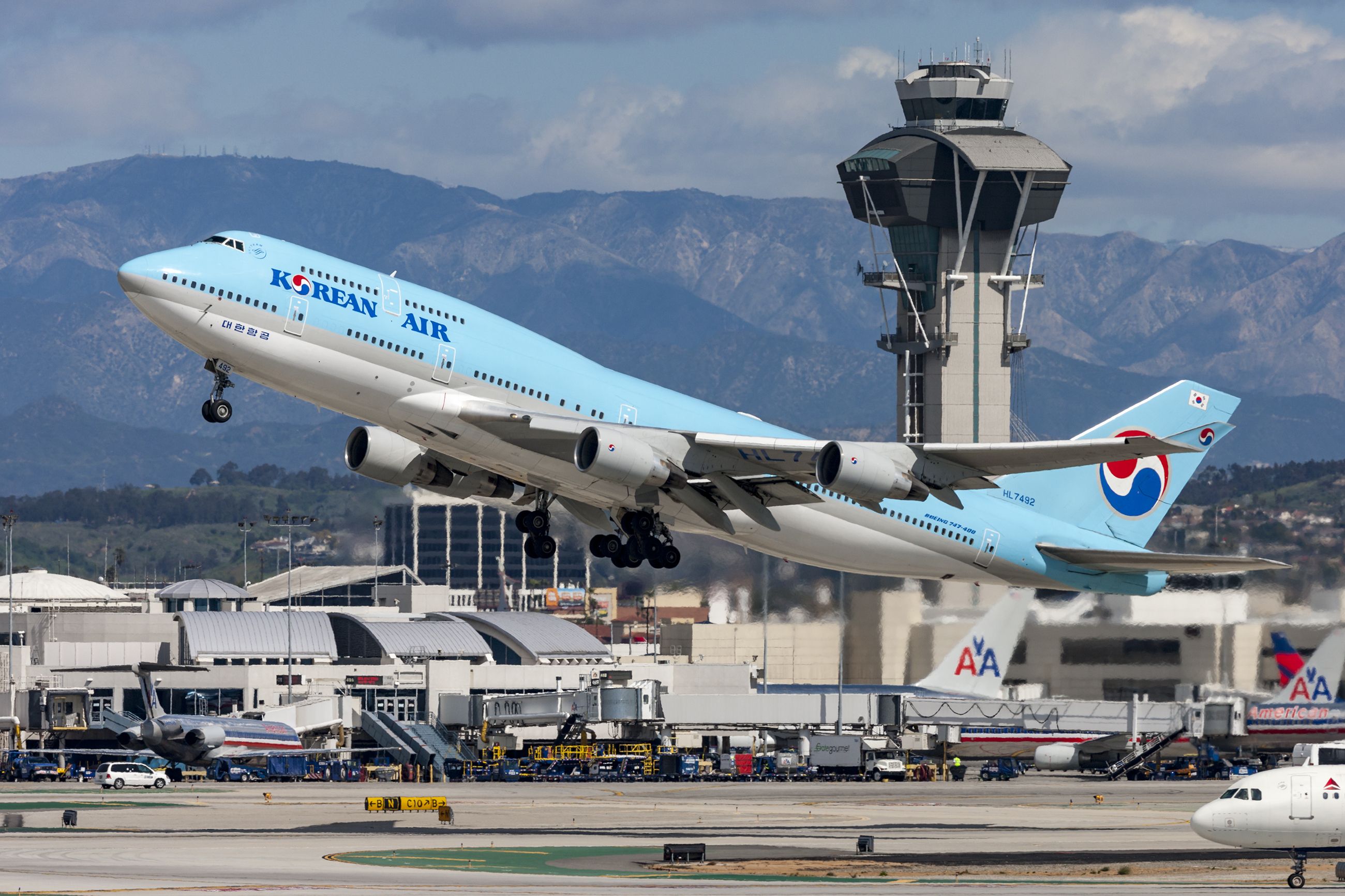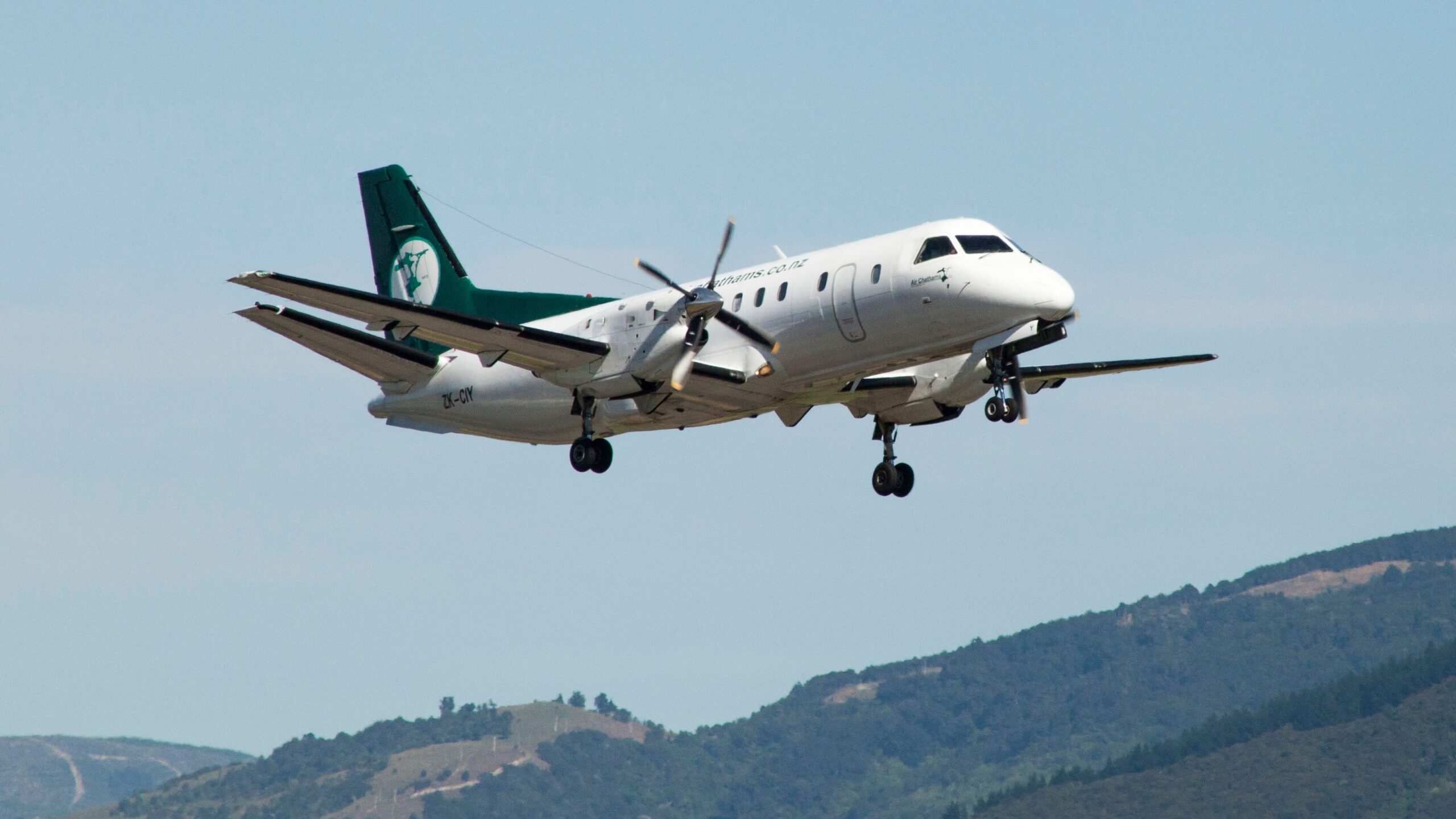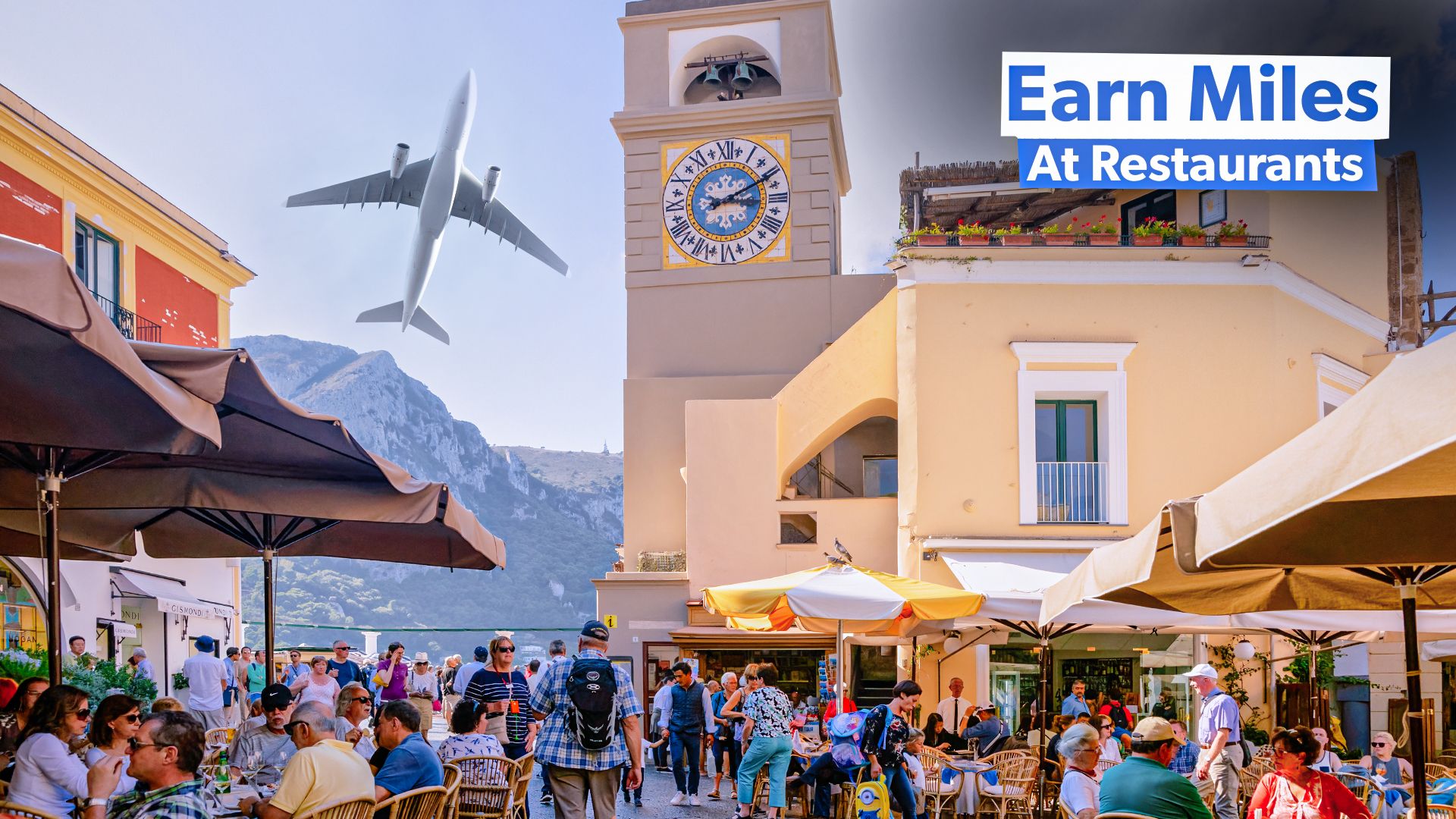The final Boeing 747 came off the assembly line in December 2022, marking the end of an era for the so-called Queen of the Skies. For more than 50 years, the 747 has been delighting passengers around the world, flying for some of the planet’s biggest and best-known airlines, including United Airlines, American Airlines, Virgin Atlantic, Qantas, and Cathay Pacific.
One airline in particular has a deep-rooted connection to the Boeing 747 – Pan American World Airways (or Pan Am for short). In fact, the very design of the 747 came about following a request from the carrier for Boeing to build what would be the world’s largest commercial airliner at the time. The aircraft doubled the capacity of the long-range 707.
The design proved to be challenging and costly for Boeing, but soon enough, the Boeing 747 became a reality. Pan Am placed an initial order worth $525 million in 1966 (equivalent to more than $3.5 billion today). The aircraft first took to the skies in February 1969, with its first commercial flight for Pan Am taking place the following year from New York John F. Kennedy International Airport (JFK) to London Heathrow Airport (LHR).
Over time, the 747 replaced the 707 in Pan Am’s fleet. The Boeing 747SP, in particular, went on to be a unique component of Pan Am’s commercial fleet, being able to fly non-stop between New York and Tokyo. Over the years, Pan Am operated the following Boeing 747s:
|
Aircraft |
Number in fleet |
From |
To |
|---|---|---|---|
|
Boeing 747-100 |
44 |
1970 |
1991 |
|
Boeing 747-200 |
10 |
1974 |
1991 |
|
Boeing 747SP |
11 |
1976 |
1986 |

You might also like:
How Did The ‘Big Three’ US Airlines Deploy The Boeing 747?
Of the three largest USA airlines, only United Airlines truely embraced the Boeing 747.
Record-breaking Boeing 747s
The Boeing 747’s time at Pan Am saw the carrier operate several record-breaking flights. For example, in the mid-1970s, a 747SP named Clipper Liberty Bell, broke the commercial round-the-world record, making the journey to and from New York (JFK) in 46 hours and 50 seconds. The flight stopped in both Delhi (DEL) and Tokyo (NRT) en route.
In 1977, to commemorate the airline’s 50th birthday, one of Pan Am’s Boeing 747SPs operated a round-the-world flight from San Francisco (SFO) over the North and South Poles. The aircraft, named Clipper New Horizons, completed the journey in just over 54 hours.
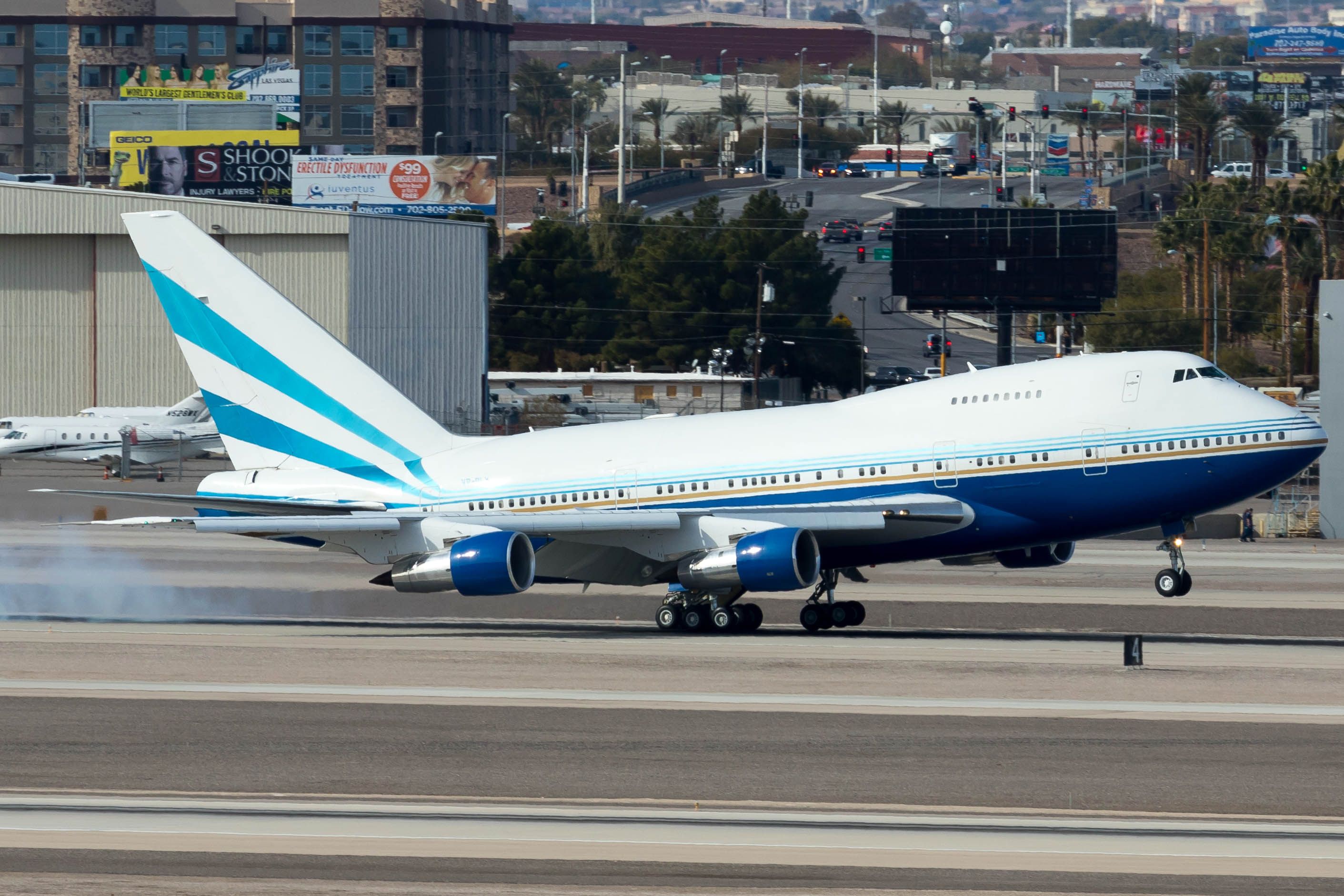
You might also like:
49 Years Of Flight: Who Flies The Boeing 747SP Today?
There are just three of the short-fuselage 747s still in service in 2024.
Tragically, one of Pan Am’s Boeing 747s was involved in the Tenerife airport disaster on March 27th, 1977. The aircraft collided with another 747 belonging to KLM, resulting in the deaths of 583 passengers and crew on both aircraft. The accident remains to this day the deadliest in aviation history. The tragedy did not stop there – another of the airline’s 747s was brought down by a bomb over Lockerbie on December 21st, 1988.
What went wrong?
Although Pan Am had a close and successful relationship with the Boeing 747, the aircraft’s time at the airline was not without its problems. Firstly, the 1973 oil crisis, which occurred shortly after the introduction of the Boeing 747, led to a global downturn in commercial air travel, and Pan Am suddenly found itself with a surplus of capacity. However, despite spiraling debts, a significant restructuring and network reduction towards the end of the 1970s allowed the airline to survive and return to profitability.
As fuel costs rose sharply over the following decades, airlines were looking for ways to use aviation fuel more efficiently. Despite its many advantages in other areas, the Boeing 747, with its four engines, was not the most fuel efficient of aircraft. Fuel costs represented (and still represent) such a significant proportion of an airline’s outgoings that the need for greater fuel efficiency grew worldwide, and airlines opted instead for twin-engined aircraft. The Airbus A340 also fell out of favor with airlines for similar reasons.
As a result, from 1986, Airbus A310s began arriving, replacing Boeing 747s on many of Pan Am’s international routes. The smaller, more fuel-efficient twin-engined Airbus aircraft was more suited to the carrier’s now reduced international network.
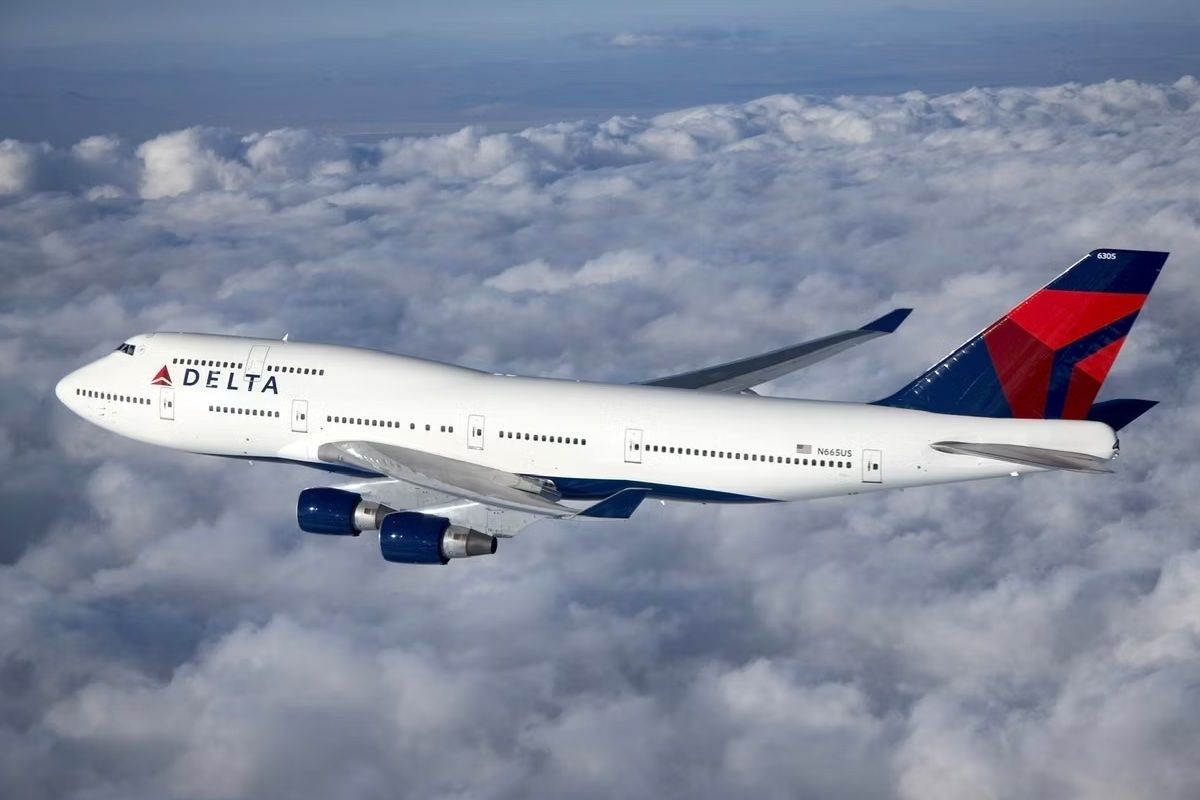
You might also like:
Delta Air Lines’ Boeing 747s: Where Are They Now?
The carrier’s 747s have wound up in some interesting places.
The final Boeing 747
Including prototypes, a total of 1,574 Boeing 747s were built between 1968 and 2022. The final Boeing 747 to be built by the US manufacturer was registered as N863GT and was delivered to Atlas Air in December 2022. At the time, the cargo carrier’s President and CEO, John Dietrich, said,
“We are honored to continue our long history of flying this iconic aircraft for our customers around the world. Atlas Air was founded over 30 years ago with a single 747-200 converted freighter and, since then, we have spanned the globe operating nearly every fleet type of the 747. We are grateful to Boeing for their partnership to ensure the continued success of the 747 program as we operate them for decades to come.”
Photo: Ryan Fletcher | Shutterstock
That said, there are a handful of carriers around the world still operating passenger services with the Boeing 747, some of which continue to deploy them on routes to and from the US.
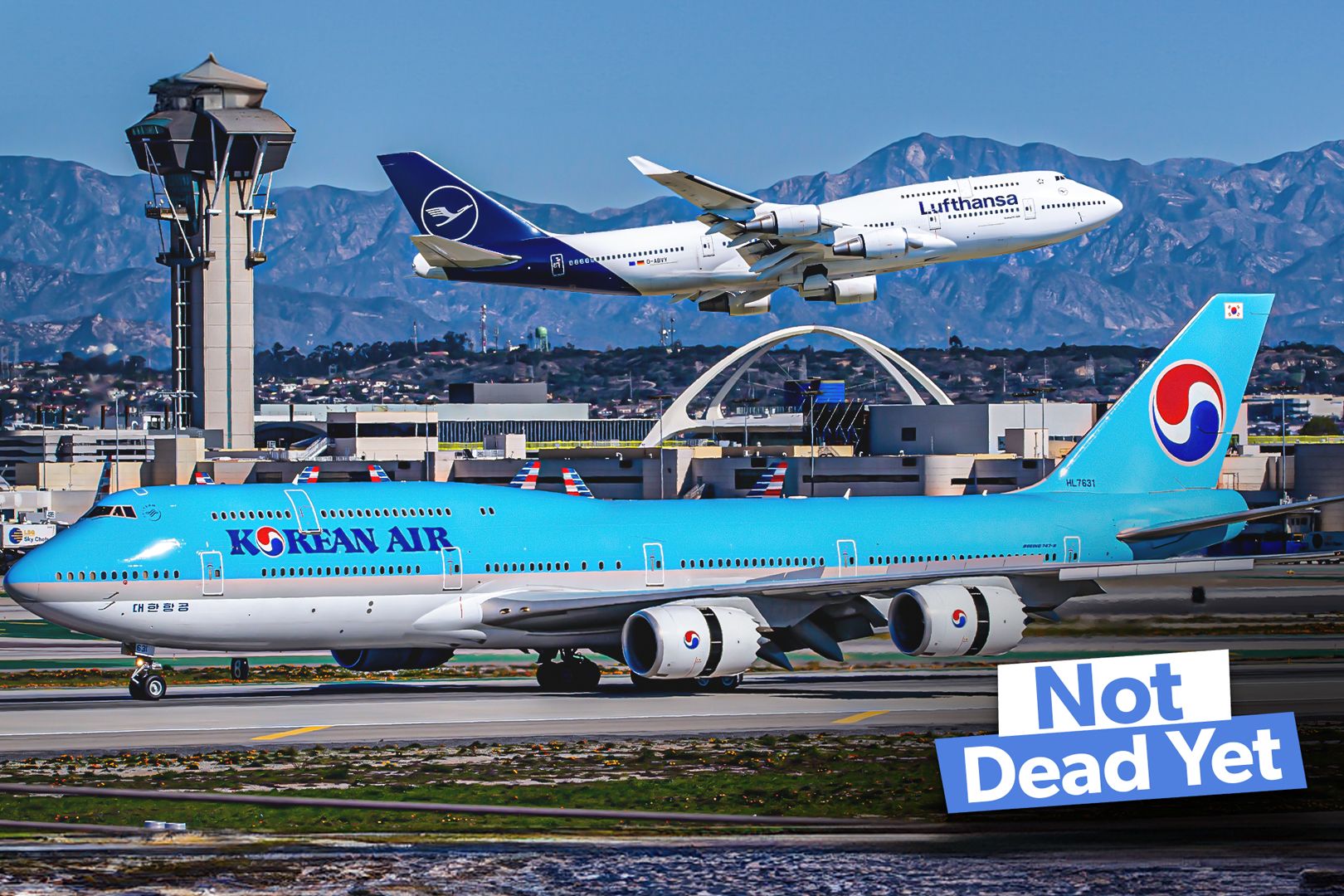
You might also like:
Not Dead Yet: These Airlines Are Still Operating US-Bound Passenger Flights With The Boeing 747
Despite mass retirements during the Pandemic, some 747’s still live on, and can often be found in the USA. Let’s discover where.

